Itadakimasu! Must-Try Foods in Tokyo
Maybe your friends have come back from a trip raving about the food, or maybe you’ve seen it glamorously presented on a Netflix documentary. It’s all true! The food in Japan is unparalleled, each small restaurant focused on perfecting the art of its cuisine. From globally beloved sushi to sake, whose tastes have as much depth and complexity as wine, there are endless possibilities of things to savor in Tokyo. These are just a few of our favorites.
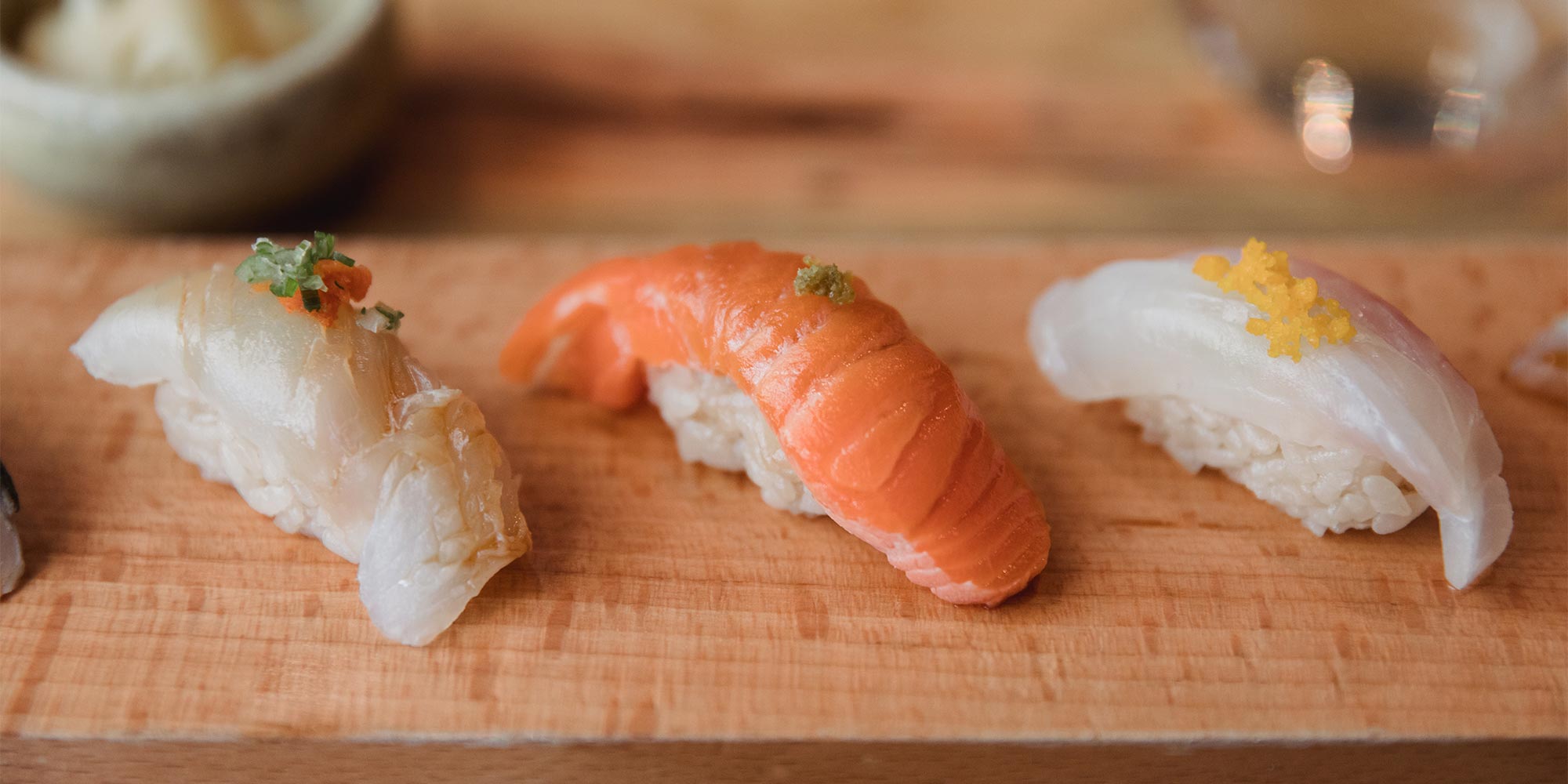
Sushi
Tokyo is, of course, the ultimate place on earth to try sushi. From the world-class fish auctions and the famous Jiro of Sukiyabashi Jiro to cheap and quick kaiten revolving sushi, in Tokyo you can find fresh fish for any budget.
In Japan, sushi generally refers to nigiri, a slice of fish placed on top of rice. You’ll also find some maki rolls, but these are kept to the most basic and will rarely get more complicated than a simple tuna roll or cucumber roll.
If you’re looking to go all out on Michelin-starred or equal-quality sushi restaurants, be prepared: not only are reservations difficult to get but cancellation policies are extremely strict, and substitutions are rarely allowed since the planned courses of the day are meant to offer only the freshest and best ingredients from the market. Try Harutaka 青空 if you’re unable to get to Sukibayashi Jiro.
Of course, to get a once-in-a-lifetime sushi experience, you don’t need to spend upwards of ¥30,000 (that’s about $275 USD!). Try Pintokona in Ginza for some high-quality but affordable sushi.
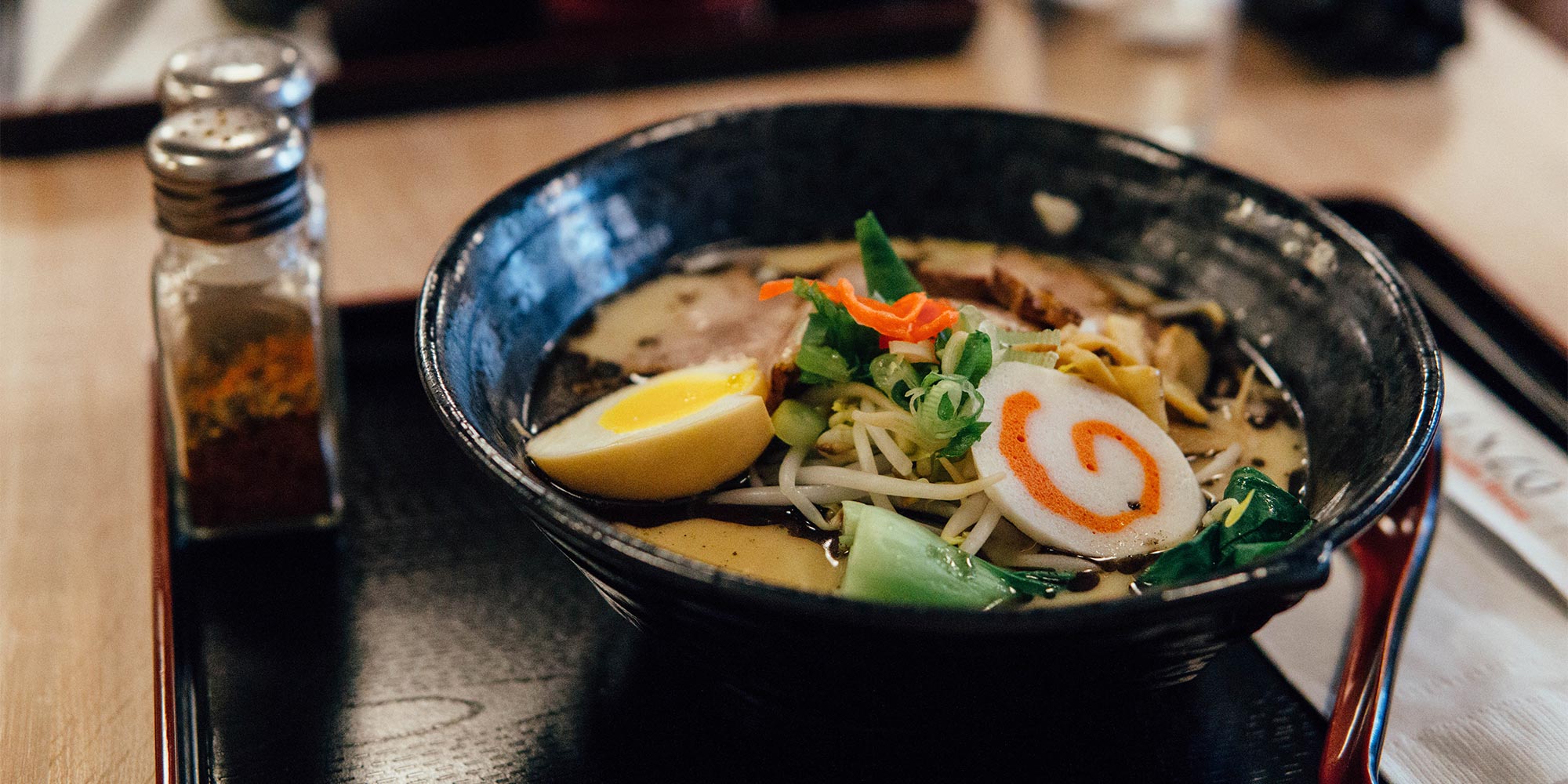
Ramen
In the last decade, ramen hit the international scene big, and for very good reason. A total umami bomb (that’s the “savory” taste), ramen is full of fat, salt, broth flavored from slow simmered bones, and garnished with an array of toppings. Types of ramen vary by region, and even by the chef, but generally boil down to four categories: tonkotsu / 豚骨 (broth made from pork bones), shoyu / 醤油 (soy sauce broth), shio / 塩 (salt, with a less heavy broth), and miso / 味噌, with tonkotsu as the most popular. Most ramen will be topped with a few slices of char siu (Chinese-style barbecued pork), some scallions, and fresh, crunchy bean sprouts. From there, the other possibilities are endless: some ramen is spicy, some garlicky (like Ippudo ), some are vegan, some are creamy (definitely try Ginza Kagari ), and some are funky (Ramen Nagi - Shibuya East ). There are even ramen shops with Michelin stars! Try Konjikihototogisu or Nakiryu .
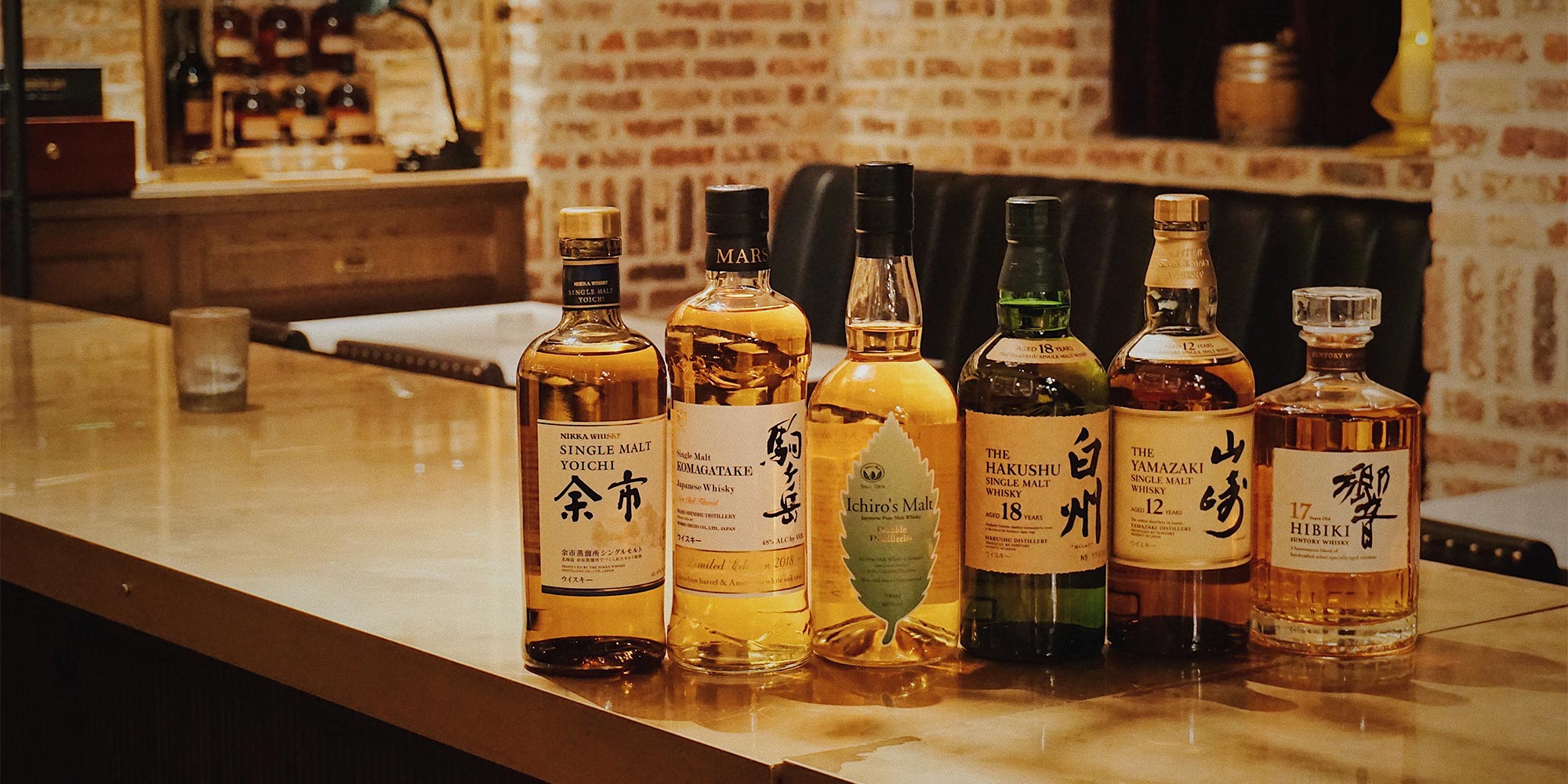
Sake (Nihon-shu)
Though not technically a food, the sake offerings and tastes in Japan are as diverse as wine might be in another country. In Japan, sake refers to all kinds of alcohol (saying that you don’t drink sake, for example, would mean that you don’t imbibe in any of it), and the rice wine that we think of is called Nihon-shu (literally, Japanese alcohol). Similar to other distillations, the taste varies from the process, location, and even the water source. Try going to a sake bar where you can taste different kinds of sake by the glass. You can ask for one that is sweet (甘口 ah-mah-koo-chi), fragrant (香りがいい kah-oh-ree ga ee), dry (辛口 kah-rah koo-chi), and more. Sake bottles in Japan will also tell you right on the bottle at which temperature it should be served; depending on the brew, it can taste best cold, hot, or room temperature, and restaurants will serve them their intended wayYUMMY SAKE —with stands in Ebisu, Shibuya, and other neighborhoods—where not only staff, but an AI- (Artificial Intelligence) algorithm-powered tasting experience can help you select the right sake!
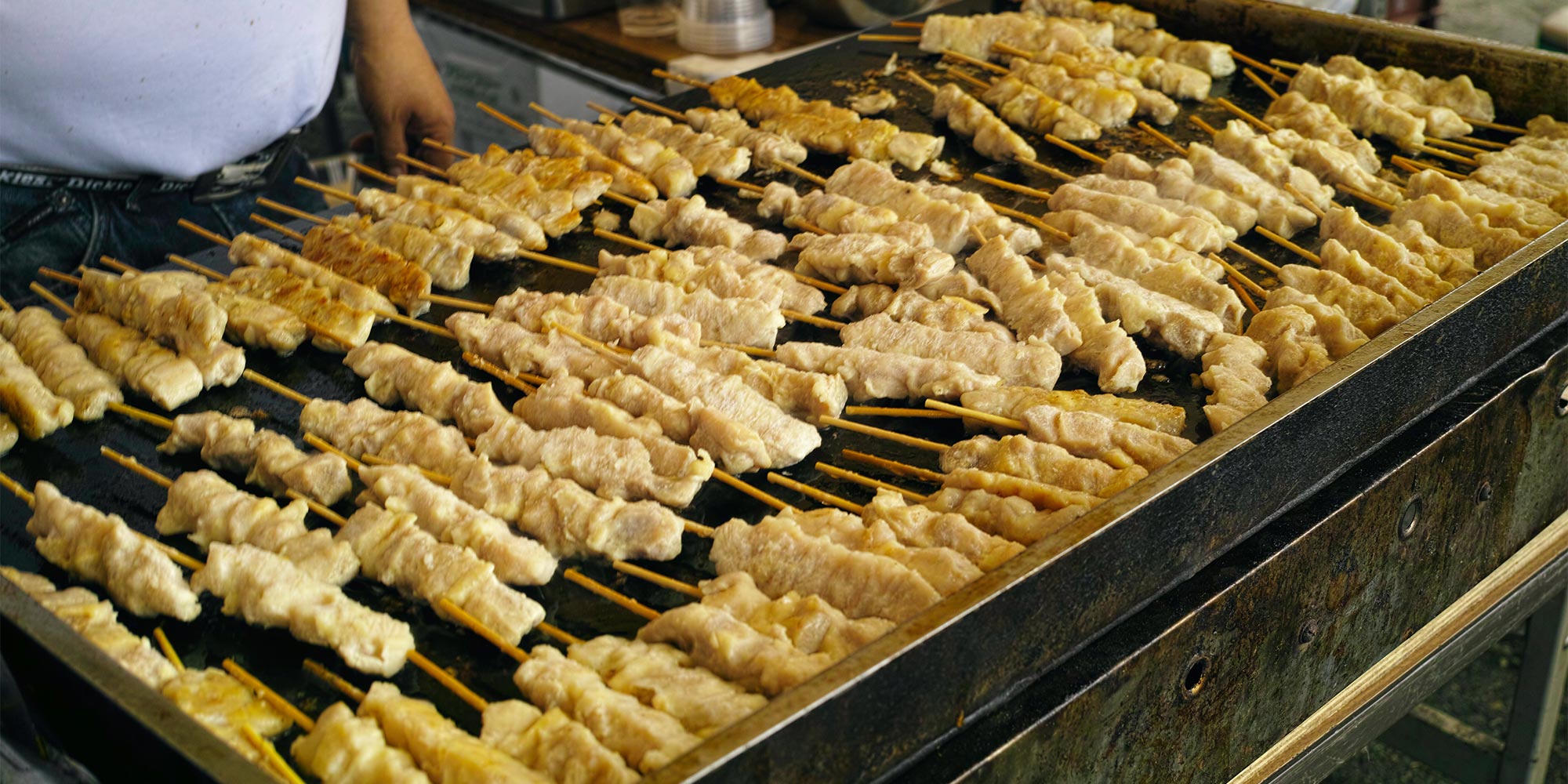
Yakitori
Yakitori, or grilled chicken skewers, is another ubiquitous cuisine that you’ll find everywhere, from pubs and chains to specialty restaurants. You’ll be able to choose the flavoring: either dipped in a sweet tare sauce before it’s grilled, or just with salt (shio). Of course, you’ll also be able to choose the part of the chicken you’d like to eat, and local diners aren’t ones to let any part of the chicken go to waste. Alongside thigh and breast meat, restaurants will offer hearts, necks, and livers (although interestingly enough, raw chicken livers became illegal to serve at restaurants in recent years). Some restaurants will also offer different accoutrements for your skewers: definitely try yuzukosho, a spicy paste that’s made of pounded chilis, yuzu citrus, and salt. KushiWakaMaru in Nakameguro and Birdland in Ginza are both well-known for having delicious yakitori.
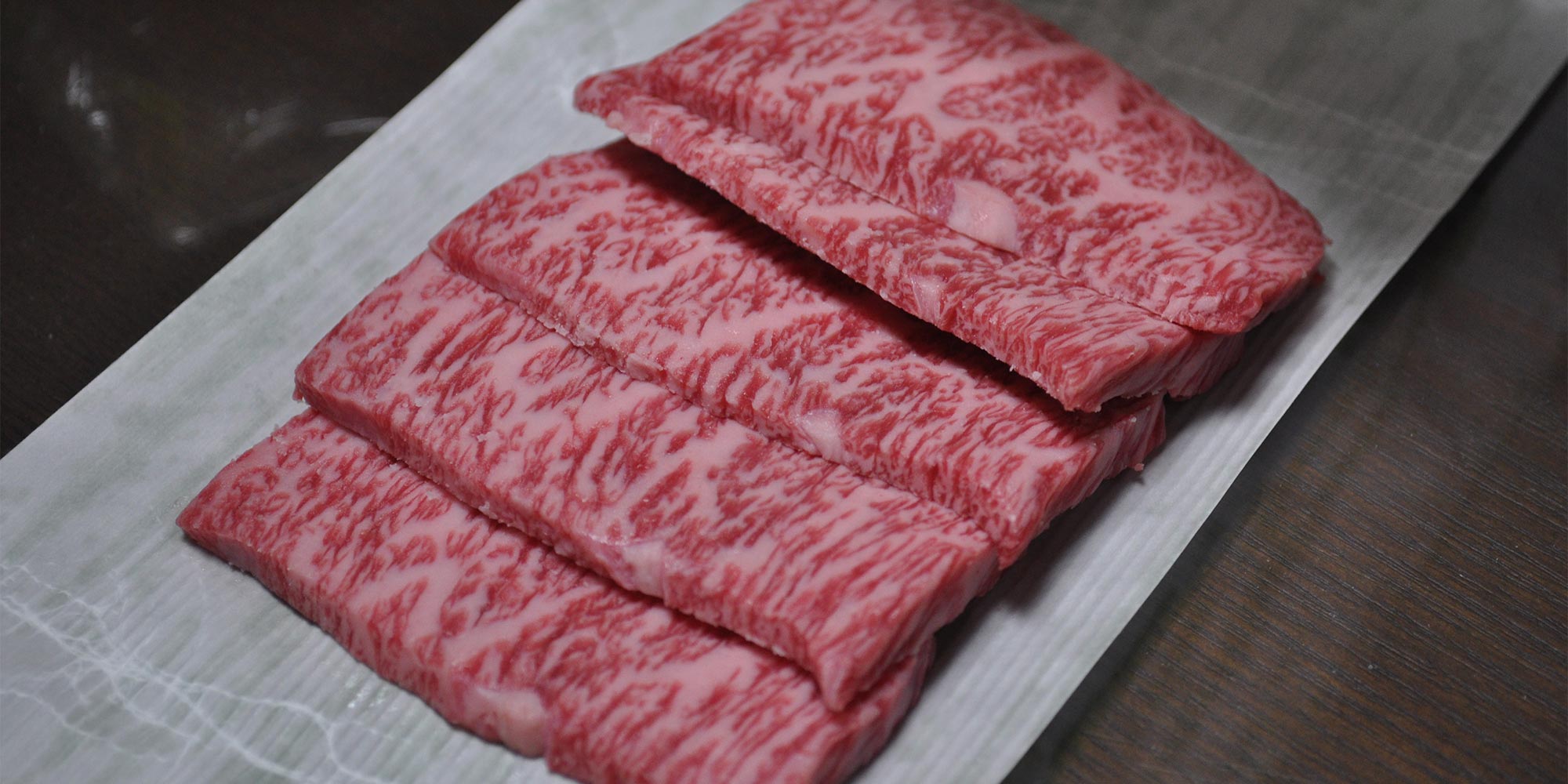
Wagyu Beef
Kobe beef is high on the list of any foodie traveling to Japan, but did you know that Kobe beef is actually just one type of an entire subsection of highly refined Japanese beef? Known as wagyu (literally “Japanese beef”), beef sourced from Japanese breeds of cattle are famous for their high-fat, tender and rich taste. Kobe beef, as well as other wagyu beef from the same region such as Omi beef or Tajima beef, will cost top dollar for the ultimate taste experience, but there are also other popular types of wagyu throughout the country that are extremely good and much more affordable. Try wagyu at a yakiniku restaurant, Korean-style barbecue where you can grill small pieces of meat yourself; Miyabi in Roppongi is a good one! You can also go to a teppanyaki restaurant, like Bifteck Kawamura , where the food is cooked on a plancha grill and cut up before it’s served to you.
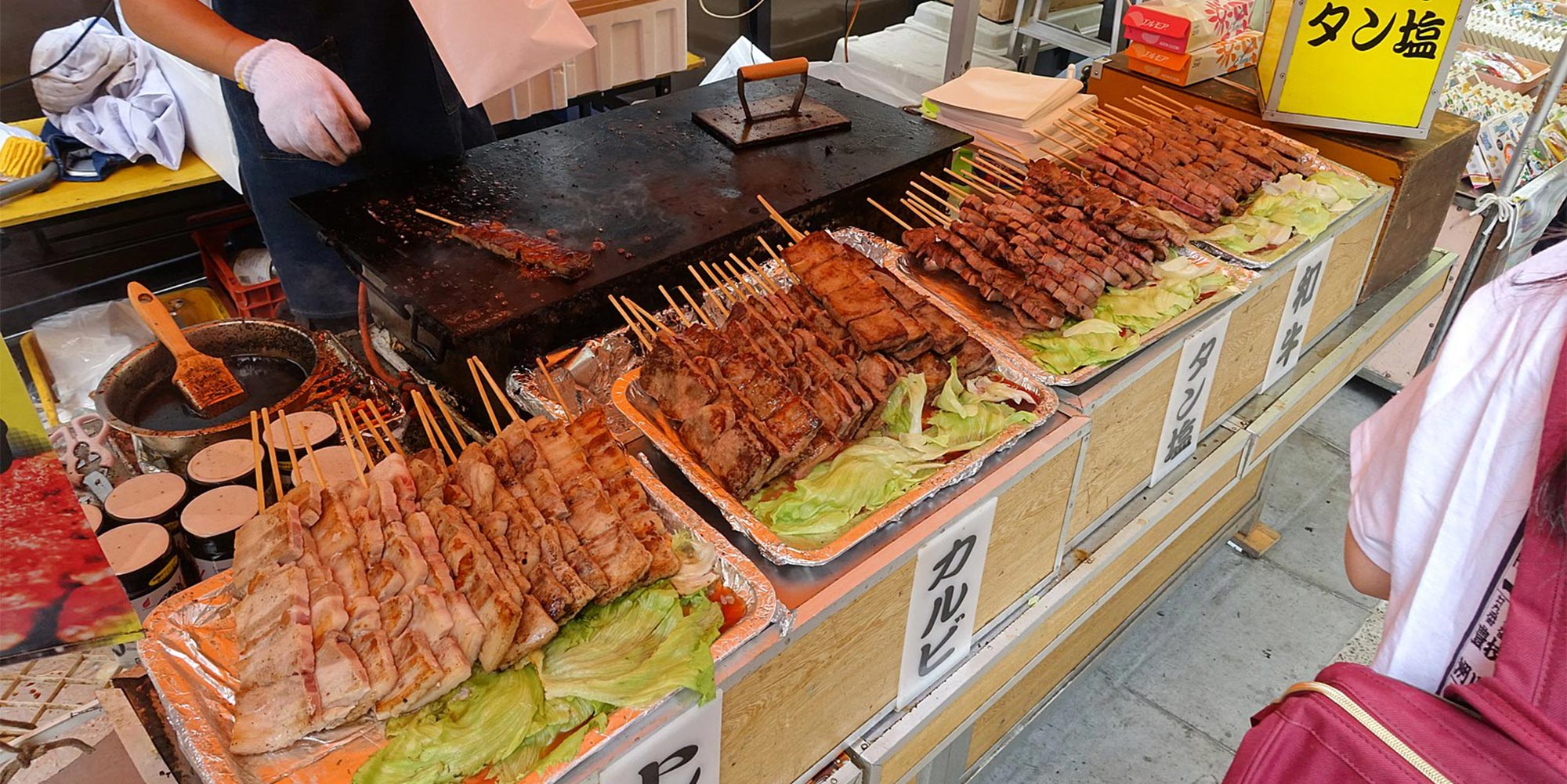
Festival Foods
Typically, grabbing food to go and eating it while walking around is a cultural no-no. The only exception here is during festivals! From Tanabata and Obon summer festivals in July and August to New Years and much more, it’s not too hard to find a good festival atmosphere at a temple or a shrine somewhere. The food stalls will be lined up in a row, each with its own colorful awning announcing (in Japanese) the dish they’re selling, the vendor cheerfully calling out as he grills or fries the food fresh. Keep an eye out for taiyaki, a fish-shaped waffle stuffed with sweet red bean or custard; takoyaki, fried balls of dough each with a tiny piece of octopus inside its molten center; and, karaage fried chicken on a stick or in tiny pieces in a cup. In the summertime, you’ll also find frozen bananas dipped in chocolate and ice-cold cucumbers on a stick. Around New Year, you can warm up by drinking a cup of sweet, gingery amazake.
{$section.placeName}
{$section.address}
{$section.addressNotes}
{$section.description}